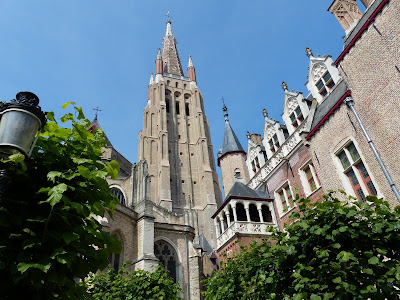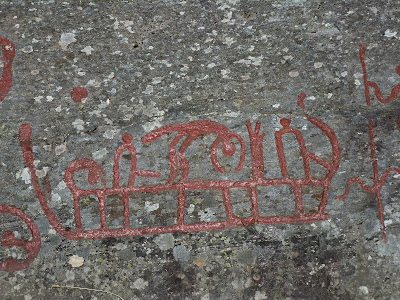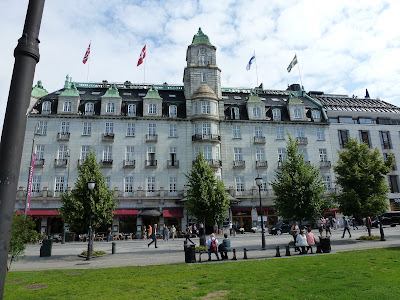We finally get to visit Brugge the so called Venice of the North. It certainly lived up to its Hype. It is a wonderful town of beautiful buildings and canals and of course Chocolate, Beer and tourists.
We walked for miles around the lovely leafy lanes surrounded by water. Windmills line the banks of the canal and the whole scene is splendid. The aire was pleasant if a little crowded and there was a Pop Concert going on next door which failed to keep us sleepy heads awake. A good place to visit.
These two young girls were playing flute and harp and were very good and obviously enjoying playing, it just showed in their happiness.



















































